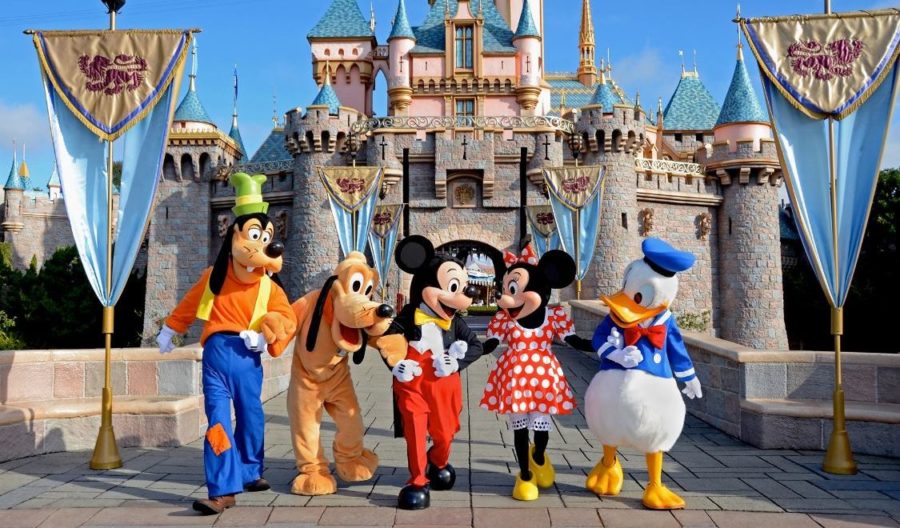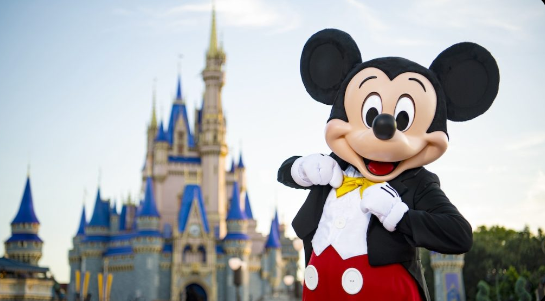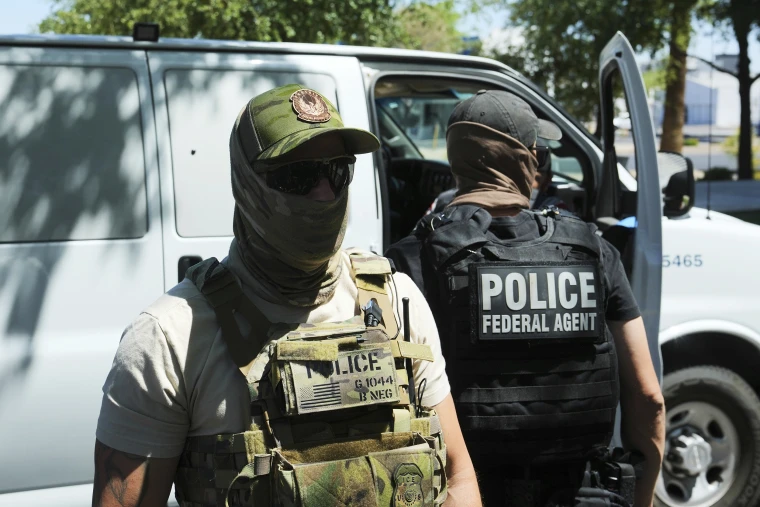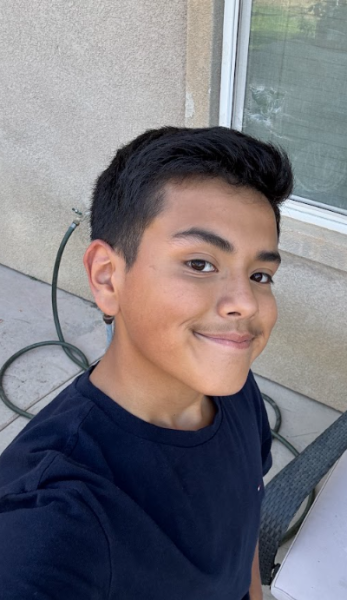Your information might not be as safe around Disney as you thought. Here’s how and why. This September, the Federal Trade Commission, otherwise known as the FTC, and Disney reached a settlement of ten million dollars regarding their alleged violations of child safety standards. The FTC is an independent agency in charge of protecting consumers by stopping companies from participating in fraudulent, deceptive, and unfair business practices. That’s why, when investigators claimed Disney had been failing to mark their child-targeted YouTube videos as Made For Kids (MFK), the FTC swept into action. On top of paying a 10 million dollar civil penalty, Disney will also be required to implement a program to determine whether their videos posted on YouTube should be labeled as MFK.
Disney’s decision to label their YouTube videos as Not Made For Kids (NMFK) resulted in the collection of millions of children’s information and exposed them to inappropriate content. Some examples include personalized ads and a non-age-appropriate comment section. Children’s information being collected without their parents’ knowledge or consent directly violates the 1998 Children’s Online Privacy Protection Rule Act (COPPA). In a previous case against YouTube in 2019, a settlement of $170 million was reached. From then on, creators whose content was primarily targeted towards an audience age 13 or younger were required to label their content as made for kids (MFK), which keeps YouTube from being able to collect the viewers’ personal data.
However, as stated by YouTube, it’s the creators themselves who are responsible for ensuring they correctly mark their content. In the mid-2020s, after being told by YouTube that they had changed the designation of more than 300 Disney videos to MFK, Disney did not make any changes to how they made or how they labeled their videos. Some of the things they chose to label as NMFK included music from “The Incredibles”, “Mickey Mouse”, “Toy Story”, and “Coco”, as well as other primarily children-based subjects and visual content.
In an interview with CNBC, a spokesperson from Disney had this to say, “Supporting the well-being and safety of kids and families is at the heart of what we do,” “Disney has a long tradition of embracing the highest standards of compliance with children’s privacy laws, and we remain committed to investing in the tools needed to continue being a leader in this space,”. Although Disney itself is responsible and the target of this case, a spokesperson clarified, “This settlement does not involve Disney-owned and operated digital platforms but rather is limited to the distribution of some of our content on YouTube’s platform.”
Despite Disney’s assurances of compliance with children’s privacy laws and its commitment to exceeding the basic standard of child safety, FTC Chairman Andrew N. Ferguson’s outlook on Disney and the case remains unchanged. Which is shown through these quotes: “This case underscores the FTC’s commitment to enforcing COPPA, which was enacted by Congress to ensure that parents, not companies like Disney, make decisions about the collection and use of their children’s personal information online,” “Our order penalizes Disney’s abuse of parents’ trust, and, through a mandated video-review program, makes room for the future of protecting kids online—age assurance technology.”
This case brings to light how the major companies you trust with your data are still prone to making mistakes. Which is why, no matter how harmless a company may seem or claim it is, you should still check to see if that’s really the case, especially if it’s involved with children and their safety. With this in mind, how might you start changing the way you use YouTube?










